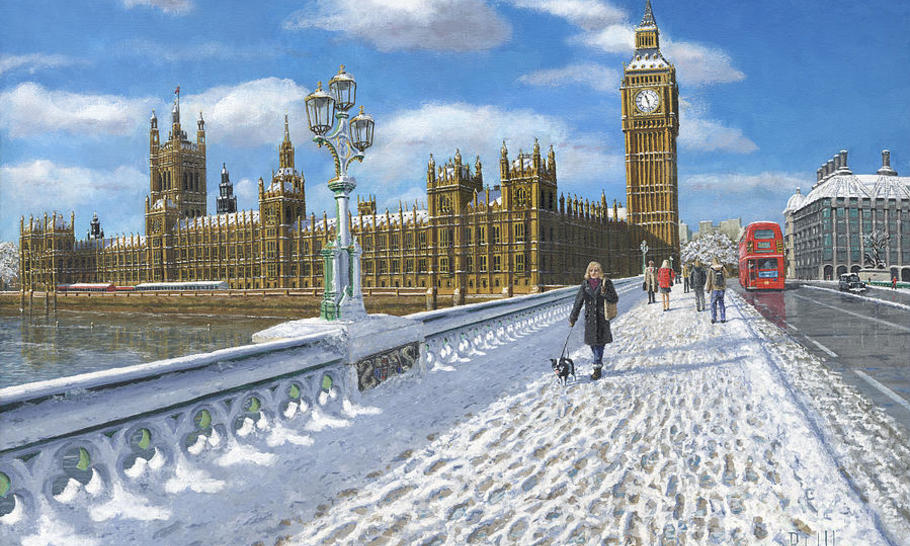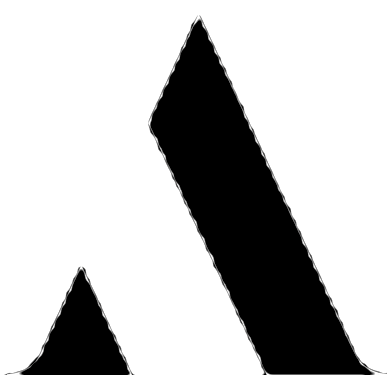What to watch out for in the Christmas Election

Trying to predict what’ll happen in this most uncertain of elections is a fools’ game, so instead, here are three initial observations on the situation on the ground, and thoughts on what to watch out for in the coming weeks:
-
Labour might not be in as much trouble as predicted.
Conventional wisdom would dictate that Labour will crash and burn in the Christmas election. The leader of the opposition has sat on the fence for three years about the most important issue this country has faced in a generation, which, in a country seemingly obsessed by Brexit, looks like a massive own goal. Add to that the fact that Jeremy Corbyn’s mile-wide-inch-deep popularity has leaked away since 2017 – even his own front bench can barely tolerate him anymore – and one would assume that Boris has got it in the bag.
But, as we learned two years ago, conventional wisdom is often wrong. And in some respects, Labour is sitting pretty. Poll after poll shows that Brits are becoming increasingly economic left-wing, and re-nationalisation of utilities – one of Labour’s flagship policies – is fast gaining popularity.
If Labour can persuade voters that they’re bored of Brexit and would rather talk about something else (a big if, I’ll grant you), there’s a chance that Corbyn’s party could also convince them that the Conservatives and the Liberal Democrats, who have concentrated all their energies into putting together credible Brexit strategies for the past three years, are unprepared to govern. If they achieve that, they might also be able to persuade weary voters that Labour – with its plethora of policies on everything from wind farms to social care – is the sensible choice to lead Britain into the next era.
2. Boris will have to decide very quickly indeed what to do about the Brexit Party.
A few months ago, it looked like to stand any chance of success, Boris would be forced to make some sort of deal with the Brexit Party. The sort of seats he has his eye on in the North of England may well be pro-Brexit and anti-Corbyn, but they are notoriously anti-Tory.
There’s still some truth in that, of course, but since the deal was published, everything changed. Brexiteers have coalesced around it in a way no one quite predicted, and Farage – who made the bizarre decision to back an extension rather than a pragmatic Brexit deal – has become something of a laughing stock.
Now, Boris Johnson will have to decide whether it’s worth trying to get the Brexit Party officially on side (for the sake of those Northern seats), or whether just to hope that the vast majority of their voters will come back to the Conservative fold.
Dominic Cummings – who can’t bear the Brexit Party – will try and persuade Boris not even to see Farage, and if BP starts polling below 10 per cent (which looks likely) Boris might well take his advice.
-
The Liberal Democrats might overplay their hand
The Liberal Democrats are undoubtedly in a stronger position than they were in 2017. Jo Swinson is proving a popular leader, and the flurry of defections have given the party some momentum. What’s more, the “revoke Article 50” gamble seems to have paid off: hardcore Remainers are flocking to the Party in their droves.
But it might turn out that the over-excited Lib Dems – already circulating election literature emblazoned with the words “Jo Swinson, your next Prime Minister” – have overplayed their hand.
The idea that the Lib Dems might be the largest party is laughable to most voters, and if they are not, it’s hard to see where Swinson could go: she has both pinned her colours firmly to the anti-Brexit mast, and ruled out going into coalition with Jeremy Corbyn.
4. Volatile Electorate
Ultimately, though, as Matthew Goodwin points out in the Evening Standard today, today’s electorate is the most volatile in modern times. More people are switching their vote than ever before. The British Election Study tells us that nearly half of the country voted for different parties across the three elections from 2010 to 2017.
Why does this matter? With fewer tribally loyal voters than ever, a lot can change and very quickly. This is one reason why we saw massive shifts during the 2017 campaign, and is why we could yet see considerable change.
So, bear the above in mind, but treat any and all firm predictions with extreme caution…





